NORTHERN IRELAND
Belfast

Belfast
Belfast
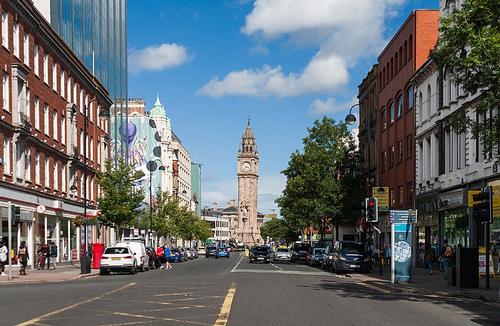 Belfast HighstreetPhoto: Andreas F Borchert CC3.0 Germany No changes made
Belfast HighstreetPhoto: Andreas F Borchert CC3.0 Germany No changes made
Belfast is the capital and largest city in Northern Ireland with a population of around 350,000. The name of the city comes from the Irish Beal Feirste, which means the mouth of the Farset, the central river in the city that now mainly runs underground. The city was known negatively for the tensions between the Catholic and Protestant inhabitants, especially during the so-called troubles in the 1960s. Today, Belfast is again a hip city with an easily accessible center and a large pedestrian area with shops and pubs.
| advertisement |
| Hotels Belfast |
Location
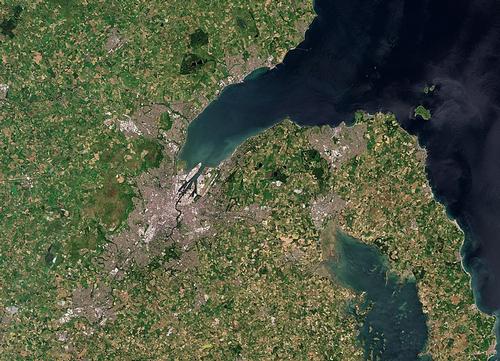 Belfast Satellite PhotoPhoto: Copernicus Sentinel CC 3.0 IGO no changes made
Belfast Satellite PhotoPhoto: Copernicus Sentinel CC 3.0 IGO no changes made
Belfast is situated at the mouth of the River Lagan on the east coast of Northern Ireland with a direct connection via the port area to the Irish Sea. The Belfast area is hilly. You have a nice view of the city from Cave Hill or Blackmountain.
Weather
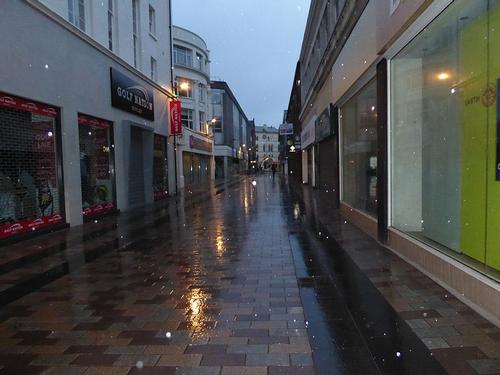 Rain in the streets of BelfastPhoto: Ardfern CC 3.0 Unported no changes made
Rain in the streets of BelfastPhoto: Ardfern CC 3.0 Unported no changes made
It often rains in Belfast and like on the entire east coast of Ireland it is usually on the cool side, but rarely really cold, which is mainly the result of the warm Gulf Stream. From a climatic point of view, Belfast has a mild and temperate maritime climate. The number of hours that the sun shines is still around 1250 per year and you have to take into account some rain on average 150 days per year. The seasons with the best chance of good weather are spring and summer. In those seasons, the days are of course the longest and it is easier to plan outdoor activities.
History
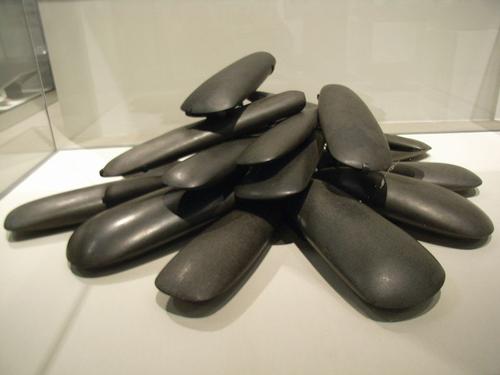 Neolithic Axes BelfastPhoto: Notafly CC-sa/3.0/ no changes made
Neolithic Axes BelfastPhoto: Notafly CC-sa/3.0/ no changes made
Belfast has been inhabited since the Bronze and Iron Ages, as evidenced by remains of fortresses such as those on Cave Hill and other excavations around the city's hills. The Celts inhabited the region at this time. In the 12th century, Normans conquered Ulster, and John de Courcy built a castle in 1177, which was destroyed twenty years later. De Courcy later built a larger castle in Carrickfergus that still stands today as his main fortress.
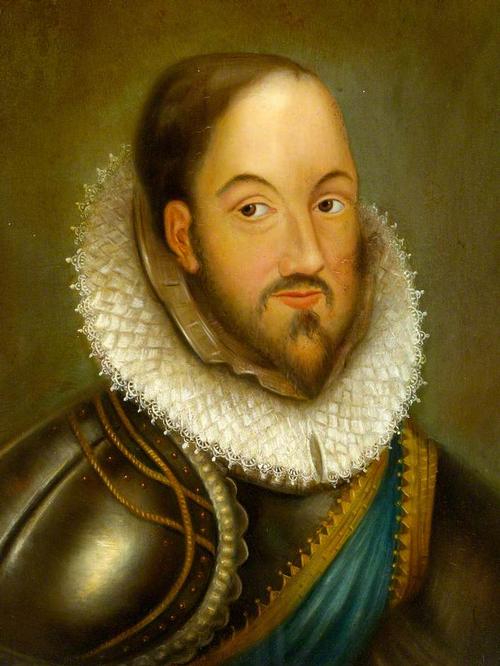 Arthur Chichester BelfastPhoto: Public Domain
Arthur Chichester BelfastPhoto: Public Domain
The city of Belfast did not begin to develop seriously until 1611 when Arthur Chichester built a castle in what is now the city center. It was destroyed by fire in 1708. In 1613, Belfast was granted borough status, meaning it could send two representatives to Dublin Parliament. Belfast survived the Irish rebellion of 1641 and by 1685 it had a population of around 2,000. Around 1730, Belfast started to become more economically important. Belfast became the market center of the linen industry in Ulster, developed by French Huguenot refugees under the patronage of William III of Great Britain in the late 17th century.
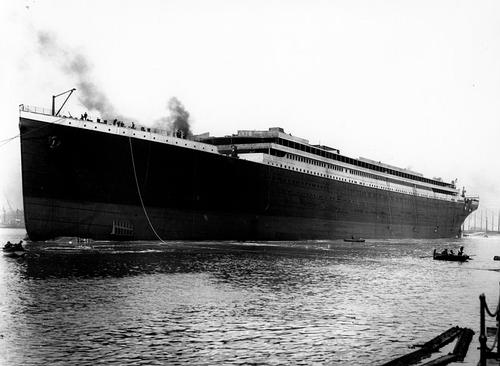 Launching of the TitanicPhoto: Public Domain
Launching of the TitanicPhoto: Public Domain
As a result, Belfast became a busy port with small shipyards, which received a boost after William Ritchie founded a dry dockyard in 1791. Since the industrial revolution, Harland and Wolff (builders of the ill-fated Titanic) have been the most important shipbuilding company.
The city was severely damaged by air raids in 1941 during World War II. From the 1970s, traditional Belfast production specialties such as linen and shipbuilding became less important. These sectors are now overshadowed by service activities, food processing and machine building.
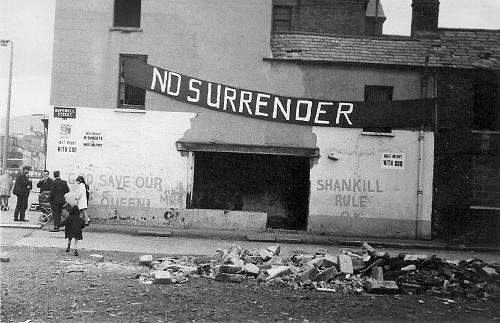 Shankill Road Belfast during the TroublesPhoto: Fribbler CC 3.0 Unported no changes made
Shankill Road Belfast during the TroublesPhoto: Fribbler CC 3.0 Unported no changes made
Belfast was severely affected by the violence of the Troubles, detailed information of which can be found on the Northern Ireland page of Landenweb. Belfast received more than its fair share of violence and bloodshed. Shocking news footage of terrorist bombings, sectarian killings and the brutality of the security forces created a poor image for Belfast. The Good Friday Agreement heralded a new period of peace and optimism for the city.
Sightseeing
Belfast is busy shaking off the bad image caused by the struggle between the Catholic and Protestant inhabitants. Belfast is now a vibrant city with many eateries and pubs and a myriad of attractions. Some of the most important are described below.
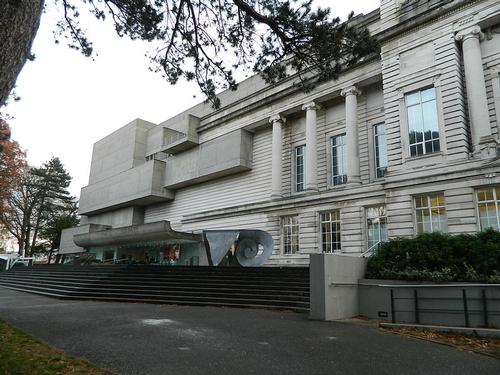 Ulster Museum BelfastPhoto: Bazonka CC 3.0 Unported no changes made
Ulster Museum BelfastPhoto: Bazonka CC 3.0 Unported no changes made
The Ulster Museum is the largest and most important museum in Northern Ireland. You will find a large number of collections in many different areas, such as ethnography, archeology, local history, botany, geology and the most important art and applied art collection in the country. Special is the treasures department of the Spanish ship Girona, which was part of the Spanish Armada and the Egyptian hall with the 2500 year old mummy Takabuti. Worthwhile painting includes works by Jacob Jordaens, Pieter Breughel, William Turner, Rita Duffy and Francis Bacon, among others.
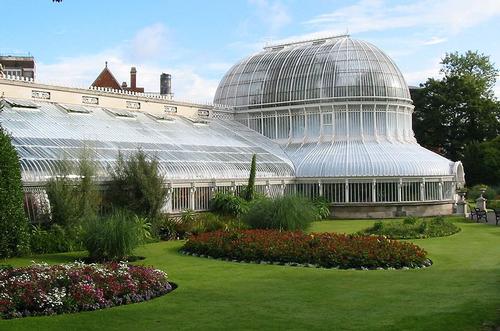 Palm House Botanic Gardens BelfastPhoto: Public Domain
Palm House Botanic Gardens BelfastPhoto: Public Domain
The museum is located in the botanical gardens that were created in 1828 because of the interest in botany and horticulture at the time. You will see many exotic tree species and impressive plant collections, especially from the southern hemisphere. There are two special greenhouses on the property. The Palm House was designed in 1839 by Sir Charles Lanyon and is one of the first examples of a greenhouse made of glass and iron. The greenhouse contains a wide variety of tropical plants and birds. The Tropical Ravine is the other monumental greenhouse and dates from 1887. It is a valley sunk with plants, vines and ferns where visitors can enjoy the exotic plants on multiple levels.
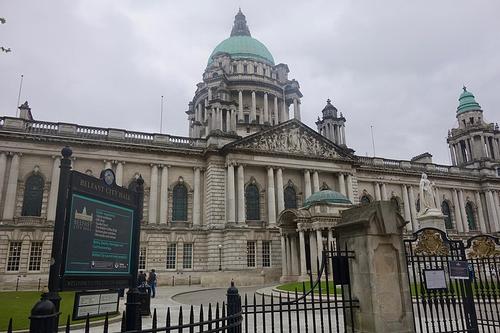 Belfast Town HallPhoto: Sonse CC 2.0 Generic no changes made
Belfast Town HallPhoto: Sonse CC 2.0 Generic no changes made
After Belfast received city rights, construction of Belfast City Hall in neo-baroque style started. The building opened its doors in 1906 and is worth a visit both inside and out. Outside you can find a memorial in the memorial garden for the victims of the disaster with the Titanic and you can see the green characteristic dome from afar. There are also many statues, including Queen Victoria. Inside, you can book a free tour that takes you through beautiful stained glass windows to the highlight of the Great Hall. The building is decorated with a lot of Italian marble.
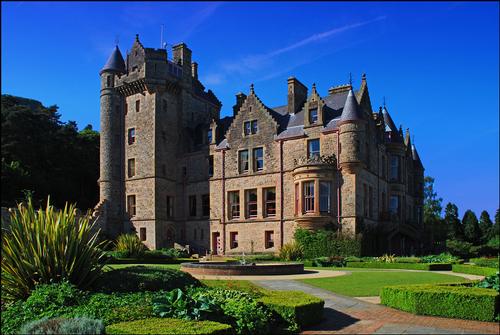 Belfast CastlePhoto: Andrew Hurley CC 2.0 Generic no changes made
Belfast CastlePhoto: Andrew Hurley CC 2.0 Generic no changes made
Belfast Castle is situated at an altitude of 120 meters in Cave Hill Country Park and has a nice view over the city. It was originally a Norman building from the twelfth century and was replaced around 1600 by a castle of wood and stone. This castle was lost quite quickly in a major fire. The third Marquess of Donegall had a completely new castle built in 1862, which was finally donated to the city of Belfast in 1934 and can be admired after various renovations in its current state. The area is also very suitable for walking. There are remains of a fortress and of course many caves.
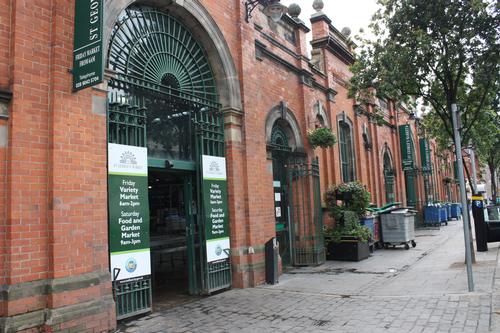 St Georges Market, BelfastPhoto: Adfurn CC 2.0 Generic no changes made
St Georges Market, BelfastPhoto: Adfurn CC 2.0 Generic no changes made
Saint George Food Market is one of Belfast's best known attractions and is known as one of the best markets in the UK and Ireland. The market has an abundance of fresh local products and a great atmosphere. It is a red brick covered market built in Victorian times. Markets are held weekly on Friday, Saturday and Sunday. The offer varies per day, on Saturday the emphasis is on antiques and books, on Sunday there are mainly stalls with food and on Friday there is a varied offer.
Tips Belfast
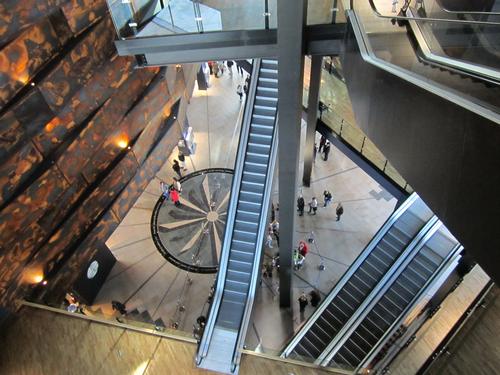 Titanic Exprienxe BelfastPhoto: Leslie Shaw CC 2.0 Generic no changes made
Titanic Exprienxe BelfastPhoto: Leslie Shaw CC 2.0 Generic no changes made
The Titanic is inextricably linked to the city of Belfast. The infamous ship was built in 1911/1912 by the Harland & Woolff shipyard in Belfast. You can visit the Titanic Experience near the original shipyard. As soon as you enter through the original Harland & Woolff gates, you step back in time and get a glimpse of early 1900s Belfast shipbuilding through special effects and experience the excitement of the day of the launch. You will be introduced to the promenade deck, the cabins, dining rooms and the engine room of the ship. Then you will be part of a tribute dedicated to the loss of this imaginative ship, killing 1,500 men, women and children on her dramatic maiden voyage. You experience the impact and sensational reporting from that time. The story ends in this time, with images of the discovery of the wreck by contemporary underwater explorations.
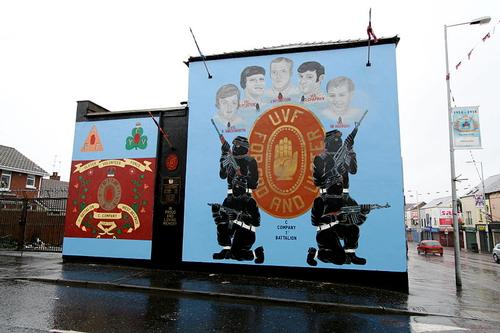 Murals BelfastPhoto: Sitomon CC 2.0 Generic no changes made
Murals BelfastPhoto: Sitomon CC 2.0 Generic no changes made
The Black Taxi tour introduces you to the world famous Catholic and Protestant murals that together give you a picture of the colorful history of Belfast. The drivers were teenagers during the "troubles" and often gave very personal inside information during the ride. The peace wall where you can put your own signature will be discussed. That is the wall that divides the two communities. You get to see all the important areas and the rough side of Belfast.
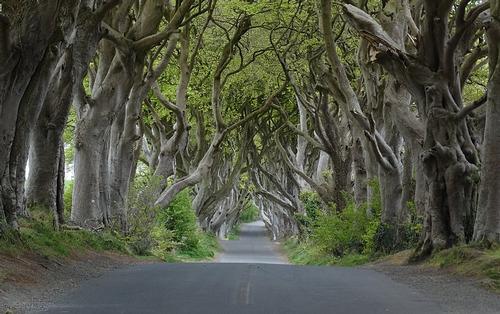 Dark HedgesPhoto: Colin Park CC 2.0 Generic no changes made
Dark HedgesPhoto: Colin Park CC 2.0 Generic no changes made
Northern Ireland is also the place where many recordings were made for the "Game of Thrones" series, which has many fans worldwide. From Belfast there is a large excursion offer to those locations, usually combined with "The Giant's Causeway". That is a formation of more than 40,000 basalt columns, a geological phenomenon that is on the Unesco World Heritage list. In any case, the Dark Hedges is on the program, the portion of the Kingsroad known for Arya Stark's escape from King's Landing. Most often also Dunluce, who modeled for Harrenhall and Larrybane, where Brienne of Tarth Ser defeated Loras of the flowers and visited Cushendun Caves (where Mellisandre gave birth to the shadow child). In Ballington harbor, Theon Greyjoy first met his sister Yara. In short, a multitude of film locations can be found in the immediate vicinity of Belfast.
Useful links Belfast
BBC Country ProfilesWorld Fact Book Explore all Countries
How to call
Last updated June 2025
Copyright: Team - The World of Info